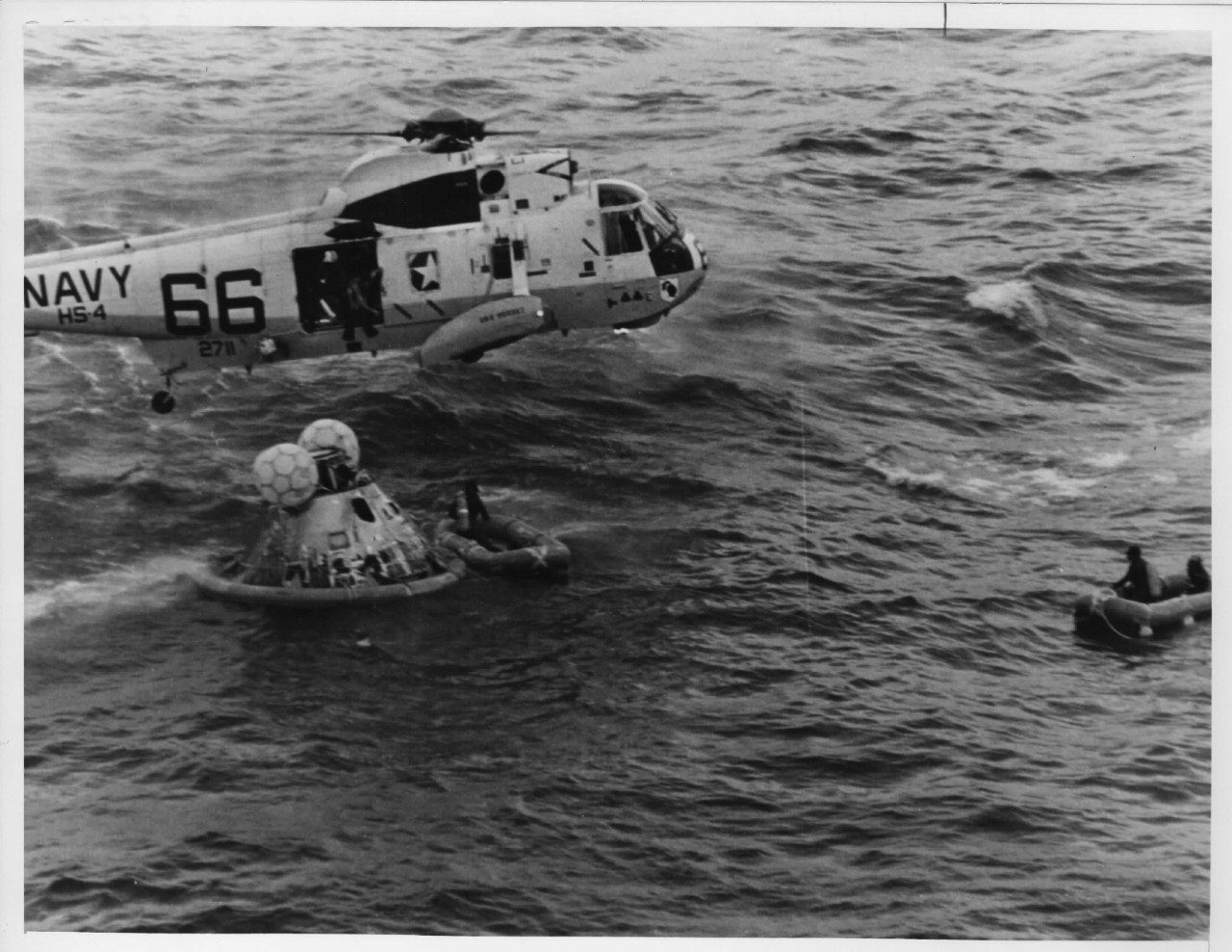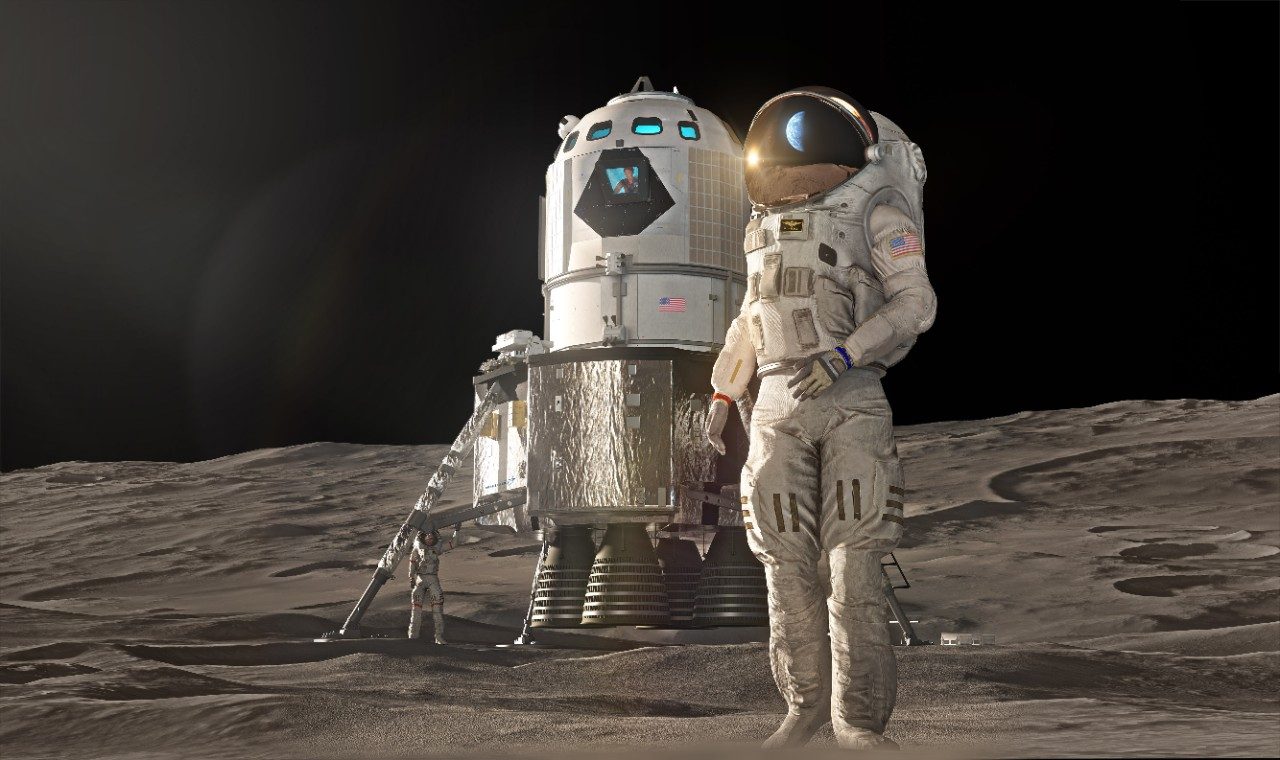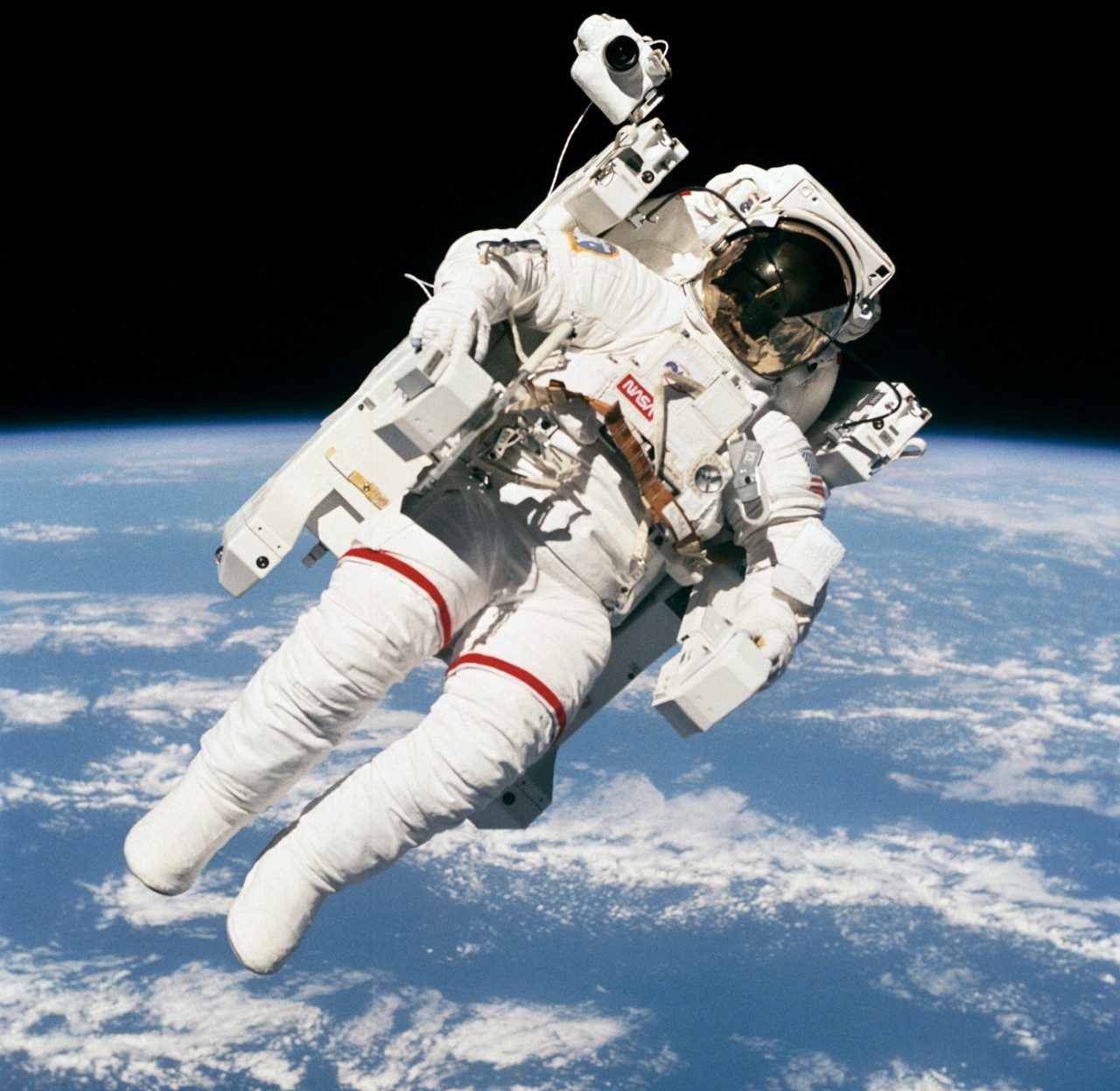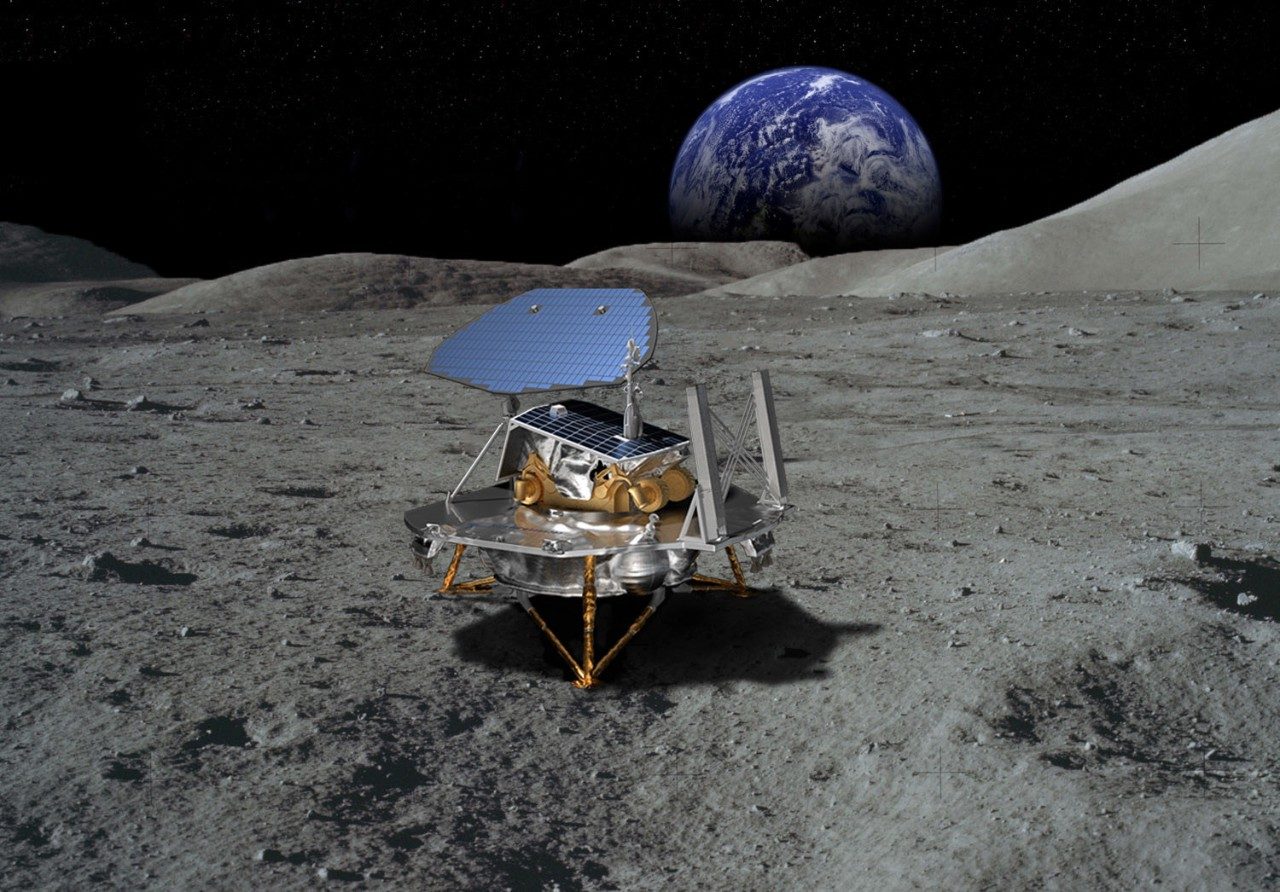“That’s one small step for man, one giant leap for mankind.”
Neil Armstrong spoke those familiar words as he stepped off the Apollo 11 Lunar Module “Eagle” to become the first human to walk the Moon on July 20, 1969. NASA announced Project Apollo in 1960, and it took nine years and the combined efforts of thousands of men and women to accomplish its goal: winning the space race, putting a human on the moon and returning them home safely. Many companies were contracted to design and build parts of the Apollo mission, including the Lockheed Propulsion Company, a Lockheed Martin heritage company, designing and building the solid propellant launch escape motor and the pitch control motor for the Apollo spacecraft. Sikorsky, now a Lockheed Martin Company, provided the SH-3 Sea King helicopter to the US Navy for capsule recovery for all Gemini and Apollo space missions. Sea Kings served with the U.S. Navy from 1961 until 2006.

Now, a half-century later, NASA is set for another huge leap forward—returning the next man and the first woman to the lunar surface by 2024.
Lockheed Martin is building the Orion spacecraft that will take new generations of space explorers to the Moon and eventually to Mars and return them safely to Earth as part of NASA’s Artemis missions.
The Orion spacecraft—the most advanced ever built for human exploration of deep space—looks to the future, but it also has roots in the Apollo program.
Keeping Astronauts Safe
A Lockheed Martin heritage company—the Lockheed Propulsion Company in Mentone, California—designed and built the solid propellant launch escape system (LES) and the pitch control motor for Apollo 11. The LES was designed to carry the crew safely away from the launch vehicle if an emergency occurred. When activated, the command module would separate from the service module and the LES would fire a solid fuel rocket connected to the top of the command module. A canard system would direct the command module away from the launch vehicle.
As prime contractor for Orion, Lockheed Martin Space designed and built the spacecraft’s launch abort system (LAS). In an emergency, the LAS allows the capsule to move away from an emergency on the launch pad or during ascent and pull the crew to safety. The Orion LAS is the highest thrust and acceleration escape system ever developed and is the only system of its kind in the world—making Orion the safest exploration-class spacecraft ever built.
The LAS has proven its worth in two tests—one from the launch pad and the other on ascent. With those successes, the Artemis 1 Orion spacecraft is headed into environmental testing at NASA’s Kennedy Space Center in Florida.
NASA and Lockheed Martin’s team are on track for the uncrewed Artemis 1 flight in 2020 and the first crewed flight on Artemis 2 as early as 2022. Those milestones will pave the way for the ultimate goal--landing U.S. astronauts on the Moon by 2024.

Bruce McCandless—Pioneer

Lockheed Martin is honored to have a personal connection to Apollo 11 through the late Bruce McCandless (1937-2017), a pioneering space explorer and longtime Lockheed Martin employee.
McCandless joined the Apollo program in 1966 as part of NASA’s astronaut corps. He served as capsule communicator (CAPCOM) on Apollo 11 during the first lunar moonwalk by Neil Armstrong and Buzz Aldrin.
In 1984, McCandless became the first person to conduct an untethered spacewalk using the Lockheed Martin-built Manned Maneuvering Unit (MMU) during a space shuttle flight. At Lockheed Martin, he designed exploration technology and helped train a new generation of planetary explorers. Bruce McCandless passed away in 2017.
Built for Deep Space

Lockheed Martin has named one of its newest technologies--a commercial lunar payload lander--in McCandless’ honor. The McCandless Lunar Lander will provide payload delivery services as part of NASA’s Commercial Lunar Payload Services (CLPS) contract.
The McCandless Lunar Lander continues that legacy of deep space exploration that goes back to the Viking missions in 1976. The latest lander is based on the successful designs of the InSight lander that touched down on Mars in November 2018 and the earlier Phoenix lander, which reached Mars in May 2008.
Lockheed Martin IQ: Evolution of a Capsule
Q&A with Larry Price





